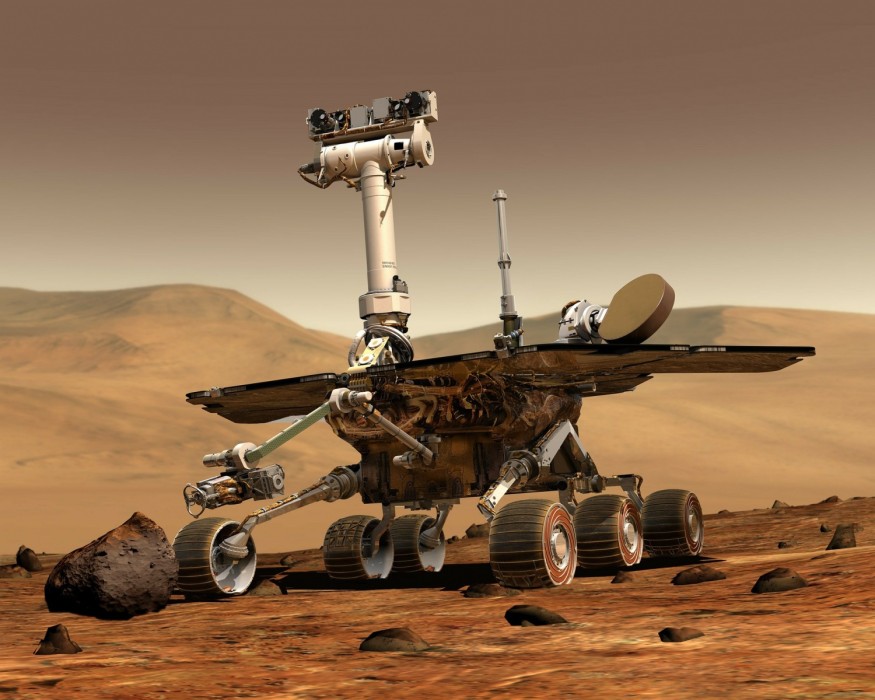
NASA's Curiosity Rover detected oxygen levels on Mars that appear to fluctuate seasonally, BBC News reports. What that indicates, if indeed it means anything, needed to be explained.
The scientists yearly measure the fluctuations in gases that fill the air directly above the surface of Gale Crater on Mars, where Curiosity landed. The findings have been published in JGR-Planets journal.
The results come from three Martian years' - equivalent to nearly six Earth years' - worth of data from Sample Analysis at Mars (Sam), a portable chemistry lab placed in Curiosity rover's belly.
Scientists working on the Curiosity rover mission, who have been taking measurements of the gas, discovered that the amount of oxygen in Martian "air" increased by 30 percent during spring and summer.
The researchers are beginning to narrow down the possibilities despite the mysterious pattern seen on Mars. Planetary scientists could not rule out the explanation involving microbial life.
The Martian atmosphere is overwhelmingly composed of carbon dioxide (CO2), with smaller amounts of other gases such as molecular nitrogen (N2), argon (Ar), molecular oxygen (O2), and methane (CH4).
The scientists are noticing some anomalies with the amount of oxygen when compared to other gasses on Mars as NASA plotted these gasses over 12 months. NASA said scientists noted a predictable seasonal pattern for argon and nitrogen and decreased concentration depending on how much CO2 is in the air.
NASA added the scientists expected oxygen to do the same, but it didn't. "The volume of gas in the air rose during spring and summer by as much as 30 percent, and dropped back to levels predicted by known chemistry in fall," NASA explained.
Dr. Manish Patel, from the Open University - who was not involved with the study, told BBC News that oxygen is produced and consumed on Mars through the energy produced by sunlight splitting down CO2 and H2O, which are both observed in the atmosphere of Mars. He added the size of variation did not make sense as it does not match what they expected to see.
"It is tempting to think, given that Curiosity makes measurements at the surface of Mars, that [the levels are] coming from the surface. However, there has no evidence available yet. Geologically-speaking, it seems unlikely - I can't think of a process that would fit," he said.
Dr. Timothy McConnochie, from the University of Maryland in College Park, who is one of the authors on the JGR-Planets paper, told the BBC that Mars, in general, has a small amount of water vapor molecules in the Martian atmosphere. He said there several times more oxygen atoms that mysteriously surface than there is in the water vapor on the whole planet.
"You [could] measure the water vapor molecules and the change in oxygen patterns on Mars. However, there just aren't enough water molecules [available in the planet]," he continued.
McConnochie deemed the evidence suggests a source of oxygen in the near-surface. He pointed out the reservoir of oxygen in the soil, which interchanges with the atmosphere.
© 2025 NatureWorldNews.com All rights reserved. Do not reproduce without permission.





